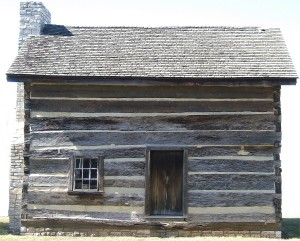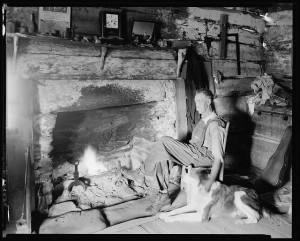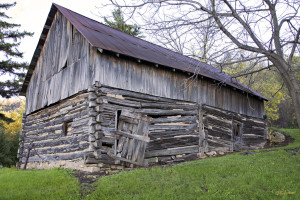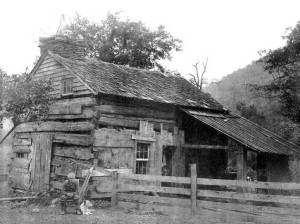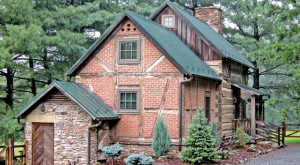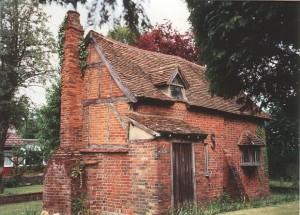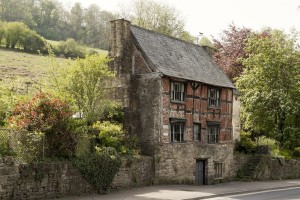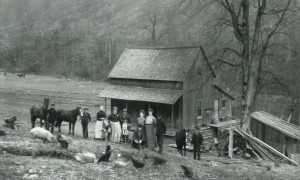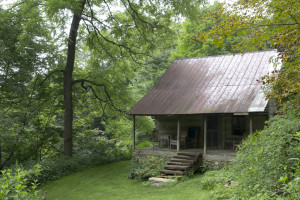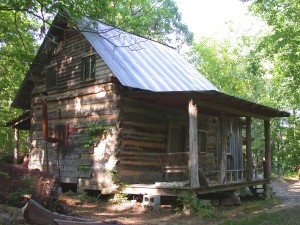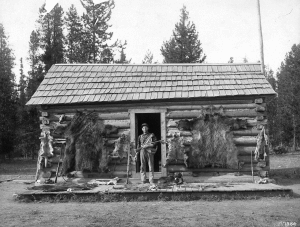No embellishments necessary
Noah Bradley2019-06-29T10:41:16+00:00You know you’re onto something special when a house can be built so basic and yet at the same time, so attractive.
Try building this same home with vinyl siding, an asphalt roof, and a vinyl clad chimney and see if you get the same result.
Originally posted 2015-09-11 14:51:18.

